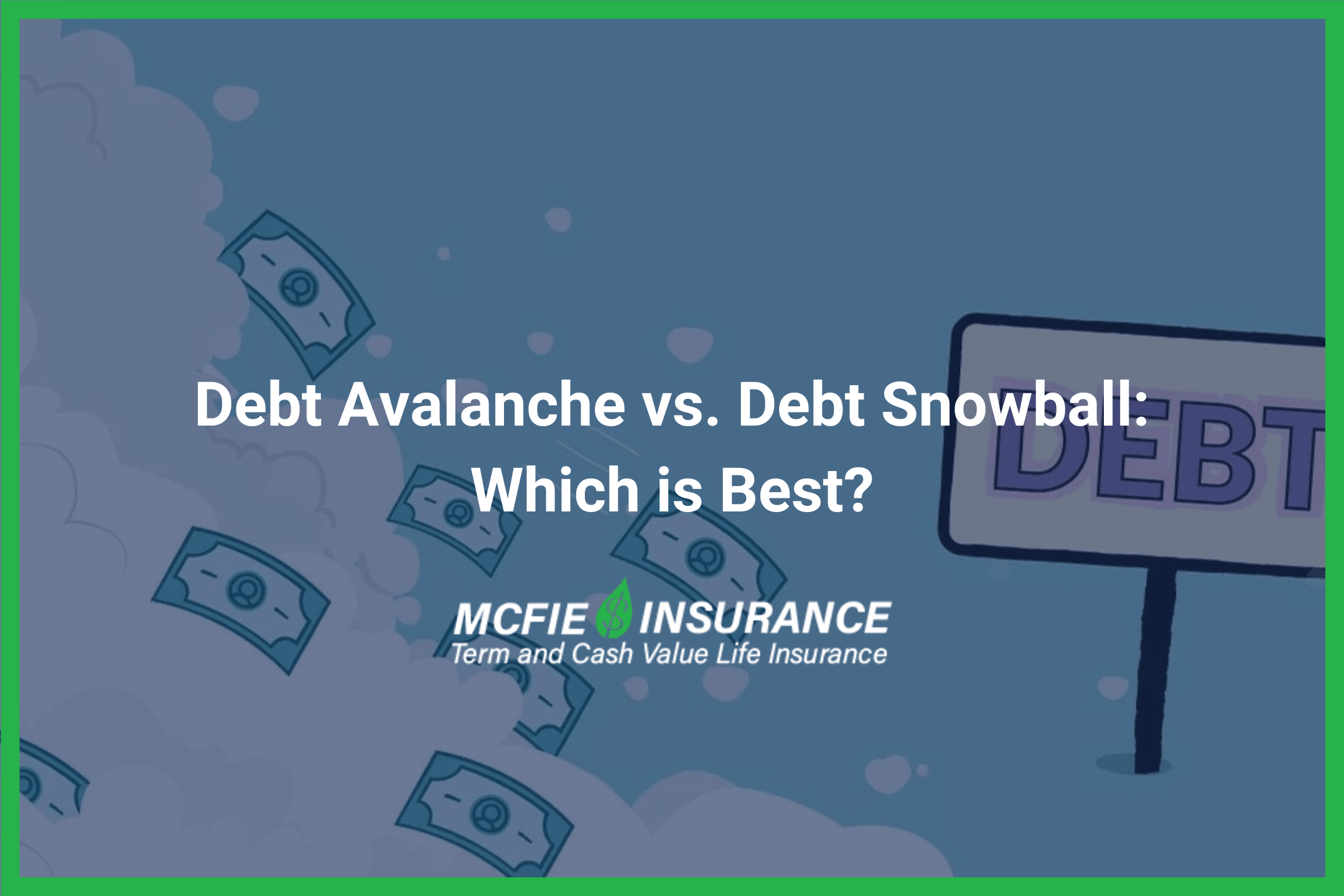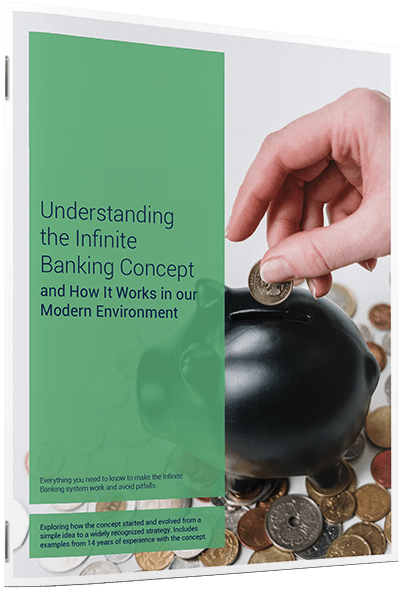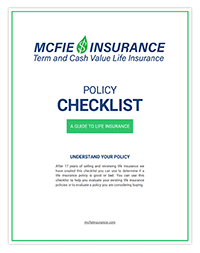702-660-7000
702-660-7000

The debt avalanche and debt snowball methods are two effective strategies for reducing debt. In the debt avalanche method, you focus on paying off your highest-interest debt first. The debt snowball method has you pay off the debt with the lowest balance first.
To use either method, list all your debts and make minimum payments on all except the one determined by your strategy. Once you eliminate that debt, move on to the next debt according to priority. Continue this process until all your debts are paid off.
Your preference for one method over the other may depend on your personal circumstances and which strategy you find more applicable. Here’s more detail on the different methods.
The debt avalanche method involves making minimum payments on most of your outstanding debts and using available cash flow beyond this, to pay off the debt with the highest interest rate. This approach saves you the most interest over time.
Debt Avalanche Explanation and Example
For example, imagine you have $3,000/month to devote to debt repayment, and you have the following debts:
In this scenario, the avalanche method will have you pay off your credit card debt first because it has the highest interest rate. By putting your extra money toward this debt first, then the student loan and finally the car loan, you can pay off all your debt in 15 months, paying a total of $1,762 in interest.
In comparison, the snowball method would have you tackle the car loan first, then the credit card and finally the student loan. You can still become debt-free in 15 months but you will pay $2,396 in interest.
Targeting the highest interest rate debt using the avalanche method can sometimes reduce the time it takes to become debt-free by a few months.
Debt Avalanche Pros and Cons
The debt avalanche method can save both money and time overall, but it has a serious downside. If you have several debts, and your highest interest rate debt also has a large balance, then it can take a LONG time before you pay off the first debt.
This can create extra strain on cash flow if extra expenses come up, and since it may take a long time to score your first victory, it can be easier to lose motivation.
Pros
Cons
The debt snowball method means paying off the debt with the lowest balance first and then moving to the next smallest balance. It is a strategy in which you tackle the easiest job first.
List all the outstanding amounts you owe in ascending order of size. Target the smallest balance as the first debt to pay off, then put your extra cash flow toward the payment on just this debt after you make all the minimum payments on all the others.
Debt Snowball Explanation and Example
Let’s explore how the snowball method works with the same $3,000/month we had available in the debt Avalanche example, and the same list of debts:
With the snowball method, you focus on the car loan first because it’s the debt with the lowest balance. You pay it off in about 4 months, then move on to the credit card which is paid off after 9 months, and finally the student loan. Using this strategy with the same cash flow, you can still be debt-free in 15 months.
However, you will end up paying $2,396 in interest—about $634 more overall compared to the debt avalanche method.
With the snowball method debts are paid off in Months 4, 9 and 15.
With the avalanche method debts are paid off in Months 5, 12 and 15, which is obviously a more delayed schedule.
Debt Snowball Pros and Cons
The main benefit of the snowball method is that it helps get the first few debts paid off faster and lets you build a cash flow cushion more quickly than if you did not have much monthly cash flow beyond your required minimum payments.
Another advantage of the snowball method is the sense of accomplishment from paying off a debt faster which can boost your motivation to tackle the next one.
And sometimes the cash flow freed up by smaller debts can actually help to pay off the bigger debts faster in the long-run.
The biggest drawback of the snowball method is that it doesn’t minimize the total interest you pay as effectively as the avalanche method.
Pros
Cons
In this particular example, there is plenty of monthly cash flow devoted toward paying off debt, so the avalanche method is the best way to go.
For people with lots of debt and not much extra cash flow, it usually makes sense to start with the snowball method and then maybe switch to the avalanche method once they do have more free cash flow from paying off the first few debts.
The Infinite Banking Concept (IBC) goes by many names, including cash flow banking, be your own bank, family banking concept, bank on yourself, perpetual wealth strategy, becoming your own bank, circle of wealth, your family bank, and wealth maximization account.
 |
Understanding the Infinite Banking Concept and How It Works In Our Modern Environment 31-page eBook from McFie Insurance Order here> |
Infinite banking involves using well-designed high-cash value whole life insurance policy as your personal “banking” system instead of a traditional bank.
A key benefit of using life insurance as a financial tool in this process, is the tax-favored status with contractually guaranteed growth, unlike most typical savings options including money market accounts where gains are taxed and interest rates are not guaranteed.
A key aspect of infinite banking is using your policy’s cash value as collateral to take a policy loan for purchasing cash-flowing assets, investing in your business, buying real estate or even paying off debt.
While your policy’s cash value continues growing, you get to use borrowed money outside the policy allowing your money to work in two places simultaneously.
You then use the cash flow from your investments, or the cash flow from debts which have been paid off, to repay your “bank” (actually the policy loan) which replenishes your reserve and gives you the option to repeat the process for other financing needs in the future.
Using the infinite banking process to pay off debt looks like this: Instead of using all your extra cash flow to pay off debts directly, you fund an infinite banking policy with part of your income (we suggest not more than 10% when you have a significant debt load.)
You then take policy loans to pay down your credit card debt along with any additional cash flow from your income. This way, you’re building an asset while you are paying off debt. It will usually take a few months longer to pay off debt using the infinite banking approach, but once it’s paid off you’re not just back at zero – you have an asset to show for your effort, and this strategy will improve your long-term results.
When you use the infinite banking process to pay off debt, you can also still use the avalanche and snowball methods to determine which debts get paid off first.
 |
Policy Checklist Make Sure You Get a Good Policy Is your policy good or bad? Use this checklist to help evaluate your existing life insurance or a new policy you are considering. |
The choice between the debt snowball and debt avalanche methods depends on your financial situation. The debt avalanche method is better for saving money because it reduces interest costs by targeting your highest interest debt first. However, the debt snowball method is better for some situations because paying off smaller debts quickly can provide a motivating sense of accomplishment and improve free cash flow very quickly.
To save the most money, start by paying off the debt with the highest interest rate. If paying off small debts first keeps you motivated, or will improve free cash flow quickly, you may want to tackle some small debts first.
Paying off debt first offers significant advantages if you’re dealing with high interest rate debts that will quickly compound against you.
Eliminating debt can improve your credit score, increasing your chances of getting approved for mortgages, personal loans, and better credit cards. Additionally, paying off debt frees up funds for other financial goals like saving or investing.
But if it’s a question of saving through the infinite banking process and paying off debt OR paying off debt first, then it makes sense to do both (save and pay off debt) at the same time; because long-term growth in a good life insurance policy balanced appropriately with your debt-payoff priorities, can more than offset the benefit of waiting to start your savings program.
Finally, if you have reasonable debts with very low interest rates, it may not make sense to accelerate the pay off schedule when you can save or invest to earn a higher return elsewhere.
The debt avalanche and debt snowball methods are two strategies for paying down debt. The best strategy for you depends on your personal circumstances and preferences. By weighing the pros and cons of each method, you can create a plan to get out of debt.
Integrating the infinite banking process as part of your debt payoff strategy allows you to start saving in a way which can add significant benefit and protection as well as good long-term results.
To get more specifics for your situation, give the team at McFie Insurance a call at 702-660-7000. You can schedule a strategy session here to focus on your needs and goals.
 by John T. McFie
by John T. McFie
I am a licensed life insurance agent, and co-host of the WealthTalks podcast.
As a 15-year practitioner of the Infinite Banking Concept on a personal level, I can help you find the clarity and peace of mind about your financial strategy that you deserve.
Working with hundreds of financial scenarios over the years has helped me to develop a sixth sense about how to quickly find a clear and balanced solution for clients using whole life insurance as a financial tool.